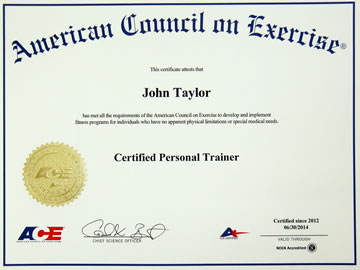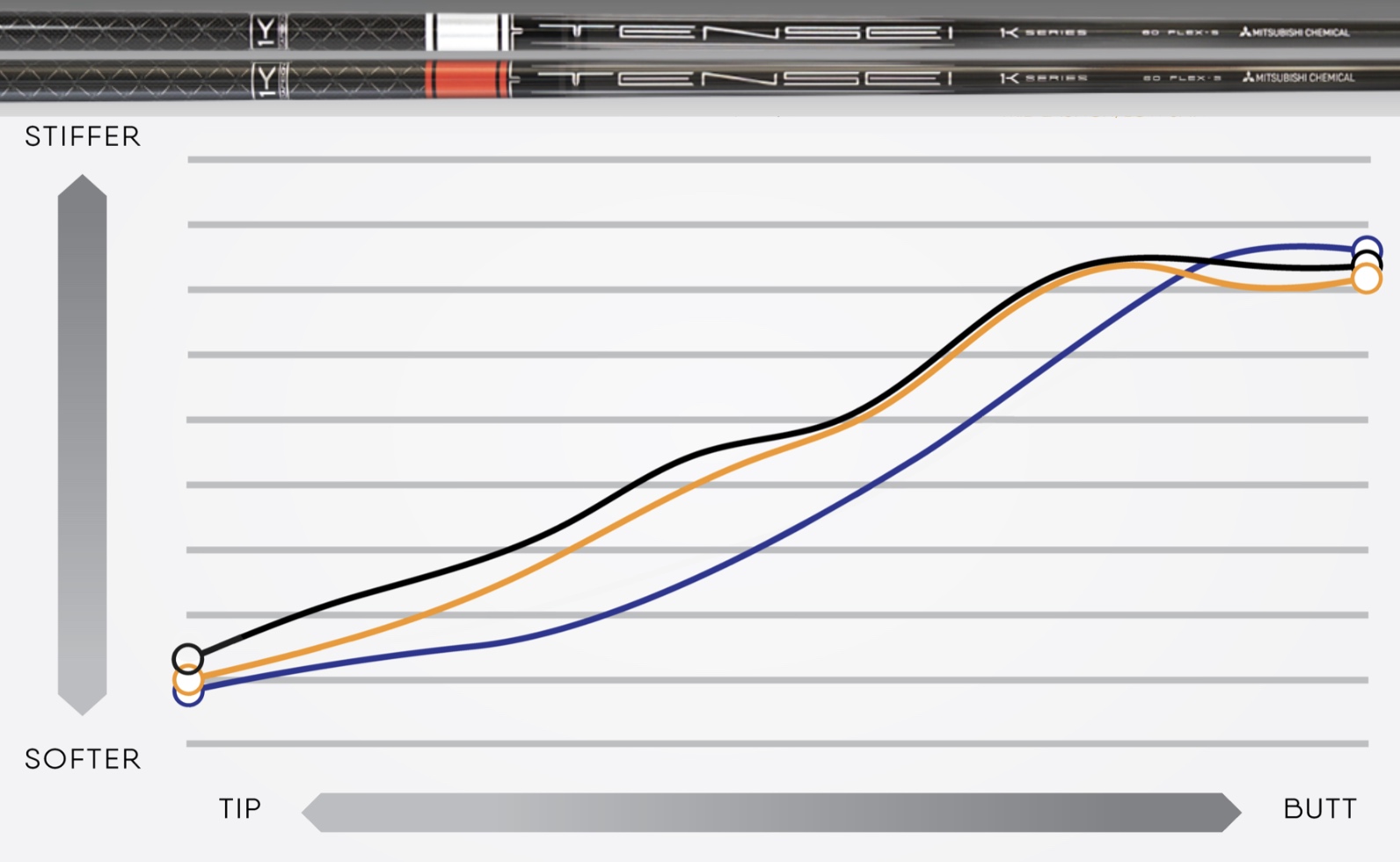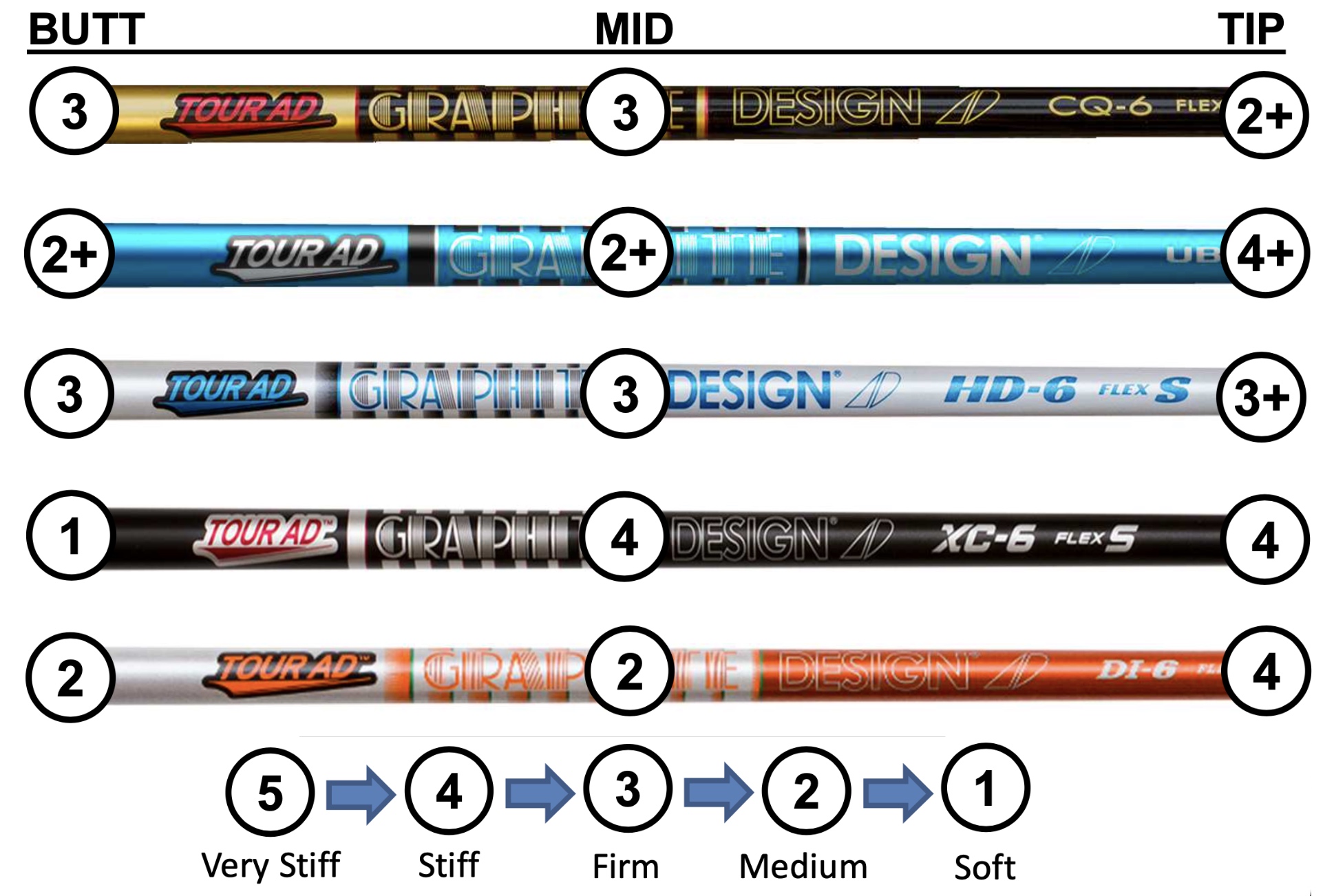K-Vest TPI Reports
An effective approach to understanding a golfer's swing is by using digital 3D motion capture for an unbiased analysis of any swing detail. It removes the limitations that come from visual perspective errors and the difficulty of seeing subtle movements that are masked by the speed of the swing.
Most golfers looking for help with their technique, an evaluation of their range-of-motion, or having clubs fit accurately to their swing benefit from portable 3D systems that are easy and quick to use. The K-Vest meets that requirement and collects data that allows direct comparison to TPI databases of pro swings, the most comprehensive and useful reference available for understanding swing mechanics.
Here is an example of the TPI version of the K-Vest software showing data from a player who is casting the club and swinging with a force that destabilizes his upper body and lower body through the downswing. Excessive forward bend of the pelvis in the downswing makes it difficult to control the path of the club and increases risk of lower back injury.

The upper left panel shows the path of the club captured at 180 frames per second. The downswing is above the plane (over the top) of the backswing. Spacing between club shaft frames in the downswing is greater than the spacing of frames in the backswing as expected, and helps confirm the identity of the downswing plane. As the club frames approach impact, the downswing plane merges with the backswing plane.
The kinematic sequence panel shows the downswing is dominated excessively by the force of the club from the top of the backswing through the early part of the downswing. The upper body and pelvis are not sufficiently stable to resist the force of the club and reach their full potential acceleration in the downswing. The pelvis slides through impact and is not efficiently transferring power to the upper body.
This separation between the club path and upper body acceleration graphs is characteristic of casting (early release), a problem that often accompanies over-the-top motion. The pelvis compensates by tucking in towards the target line in the last half of the downswing. It's characteristic of the early extension swing fault, the most common problem among amateur golfers and contributes to casting and over-the-top movement patterns.
These data are just a brief look at a highly detailed portfolio of graphs, tables, and images that can be analyzed to characterize any golfer's swing efficiency. It's the basis for knowing your swing and understanding how to build a strategy for game improvement and custom club fitting.
 John Taylor
John Taylor
The original blog post has been updated with a brief analysis of the motion capture data of the included figure.





























Reader Comments